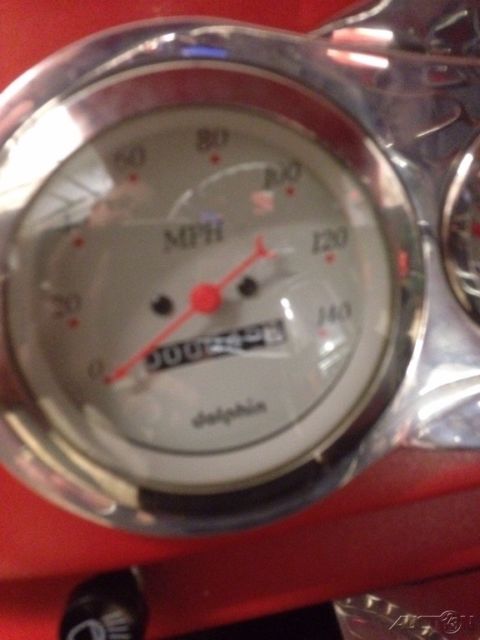Turbo 400 Transmission Serial Number
• • • Powerglide Overview Manufacturer Production 1950–1973 Body and chassis 2-speed The Powerglide is a two-speed designed. It was available primarily on from January 1950 through 1973, although some models also used this automatic transmission after the fire at the factory in 1953.

AutoZone Repair Guide for your Routine Maintenance Serial Number Identification Automatic Transmission Identification. All Buick, Oldsmobile and Pontiac models covered in this guide use various GM Turbo Hydra-Matic (THM) automatic transmissions. The pan of the 400 model transmission is irregularly shaped. GM Turbo 350, 69-86 (3 speed). GM Turbo 350 Vehicle Applications. GM Turbo 400, 65 and newer (3 speed). GM Turbo 400, 65 and newer (3 speed). GM Turbo 400 Vehicle Applications. GM 700R4, 82-92 (Overdrive). GM 700R4, 82-92 (Overdrive). GM 700R4 Vehicle Applications. GM Turbo 2004R 81-90 (Overdrive).
Powerglides were used extensively on Pontiacs produced for the market with Chevrolet powertrains. When introduced on upper-level Chevrolet models in 1950, the Powerglide represented the first automatic transmission offered in a low-priced automobile; in contrast, did not offer their automatic transmission until 1951, while car buyers had to wait until 1954. The transmission was simple and very durable, which satisfied customers. Contents • • • • • • • • • • • History [ ] The 1950, 1951, and 1952 Powerglide transmissions did not automatically shift between low and high (direct drive) which made for very sluggish take-offs and many drivers started in 'Low' and shifted to 'Drive' at about 30–40 mph (48–64 km/h), which was hard on the transmission. The 1953 and later units when in 'Drive' started in low and automatically up shifted to high at a speed determined by the throttle opening.
2000 Toyota Camry Timing Marks Pdf Editor more. By the mid-1950s, more than half of all new Chevrolets were sold with Powerglide. In 1962, GM started building Air Cooled Powerglides in, primarily for use in the new model Chevy II, which required a lightweight transmission for its compact body, and discontinued the cast iron Powerglides in 1963. A heavy duty version of Aluminum Powerglide was offered for passenger cars equipped with the, and Chevrolet light trucks using a 1.76:1 reduction planetary gear set, instead of the usual 1.82:1.
With a 3.31 axle, Car and Driver magazine noted a full-throttle up shift speed of 76 mph (122 km/h) to direct with the 409-4bbl 340 hp (250 kW) engine in a contemporary road test. Most of the V8/Powerglide transmissions came with the 1.76 gear set. One notable exception was the export version of the transmission, which offered only the 1.82 ratio and was used by in Australia behind their Australian built and V8 engines. Holden vehicles fitted with Chevrolet V8 engines used the 1.76 ratio gear-set.
The Powerglide continued to serve as Chevrolet's main automatic transmission through the 1960s, when a new three-speed automatic transmission called (1965 introduction) began to be phased in. They were introduced in and the previous year. Usually, Powerglides were coupled behind the and the third-generation and. By the late 1960s, demand for two-speed automatic transmissions was dwindling as buyers were demanding three-speed units (Ford, Chrysler and had already switched entirely to three-speed automatics by this time). In 1969, the three-speed was introduced as a light-duty companion to the Turbo-Hydramatic 400, and made available on virtually all Chevrolet cars and trucks with six-cylinder or small and medium-sized V8 engines, as well as intermediate sized cars of other GM divisions. The Powerglide lingered on as a low-cost automatic transmission option primarily for the six-cylinder and four-cylinder until it was phased out after the 1973 model year, replaced by the.
They were also used in the DJ-5 'Dispatcher' Jeeps sold for light commercial use, and best known for their service with the. Its simple and robust design has led drag racing enthusiasts to work with it, giving the Powerglide an effective service life of nearly five decades past its intended obsolescence.
Types [ ] There were two primary types or versions of the Powerglide: the Powerglide transmission introduced in 1950 had a case and is known as the 'Cast Iron Powerglide', used until 1963, when it was revamped as 'Aluminum Powerglide' where its case and several of its other parts were made of aluminum. Early models were Air cooled, and later 60's versions used a fluid cooler in the radiator. The Aluminum Powerglide, and Tempestorque was used from 1962 until it was replaced with the Turbo-Hydramatic series of transmission in 1973. The Aluminum Powerglide is still used today as a racing transmission of choice by many racers mainly for the fact that it only shifts once, and for its extreme durability. It is also possible to purchase all the parts needed to build an Aluminum Powerglide from scratch from most racing parts vendors. Torque Drive [ ] For the 1968 model year, Chevrolet introduced a simplified version of Powerglide marketed under the name 'Torque Drive.'